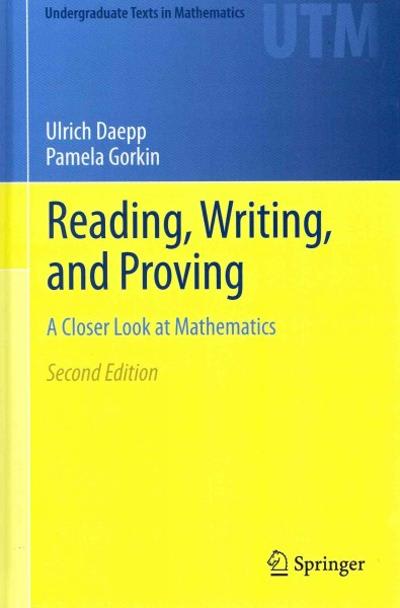Question
1 )Professor Kinon believes that focusing on mortality elicits more fear than focusing on an important exam. To examine his hypothesis, Professor Kinon randomly assigned

1 )Professor Kinon believes that focusing on mortality elicits more fear than focusing on an important exam. To examine his hypothesis, Professor Kinon randomly assigned 76 participants to answer 2 open-ended questions regarding death (mortality salience) and 90 participants to answer 2 open- ended questions regarding taking an important exam (exam salience). After writing about death or an important exam, participants answered 6-items related to fear; a fear score was created by taking the mean of these items for each participant (lower scores mean less fear; higher scores mean more fear). Items included: "Afraid"; "Scared"; "Frightened"; "Nervous"; "Jittery"; and "Shaky."Did participants who answered two open-ended questions regarding death (mortality salience) exhibit significantly greater fear relative to participants who answered two open-ended questions about taking an important exam (exam salience)? Data: Mortality Condition (Mfear = 2.04, SDfear = .82, N = 76); Exam Condition (Mfear = 2.18, SDfear = .91, N = 90)a. Determine the independent variable, levels of the independent variable, and the dependent variable. b. State the null as well as the alternative hypothesis. Be sure to include symbols and words.Identify the critical value and draw a rejection region. Be sure to note the alpha level (i.e., the criterion) and degrees of freedom associated with this value. d. Calculate the appropriate t-test to answer this question. e. Calculate a 95% confidence interval of the population mean difference and interpret.f. Reject or retain the null hypothesis, make a statement regarding the population mean difference, make a statement regarding the direction of the effect, interpret the pvalue associated with the sample mean difference (i.e., make a statement regarding the likelihood of the sample mean difference if the null hypothesis is true). g. Calculate the d effect size and interpret.

Step by Step Solution
There are 3 Steps involved in it
Step: 1

Get Instant Access to Expert-Tailored Solutions
See step-by-step solutions with expert insights and AI powered tools for academic success
Step: 2

Step: 3

Ace Your Homework with AI
Get the answers you need in no time with our AI-driven, step-by-step assistance
Get Started


